The Light in Her Eyes: An Analysis of Lived and Normative Islam among Syrian Women
The Light in Her Eyes (2011), directed by Julia Meltzer and Laura Nix, presents a nuanced exploration of how Syrian women navigate the interplay between normative Islam and lived Islam, where daily practices are shaped by local culture and norms. The documentary focuses on Houda al-Habash, a conservative Muslim preacher and founder of a Qur'an school for girls in Damascus, Syria. It illustrates how Islamic practices are dynamically intertwined with Syrian societal norms, revealing both tensions and cooperation between global Islamic traditions and local interpretations. The film demonstrates that feminism among Muslim women in Syria is not a mere rejection of traditional practices but a reformative action within them. In doing so, it challenges both Western secular feminism and monolithic views of Islam.
Lived Islam and Local Cultural Integration
The film captures the dialectic between textual Islam and lived practices through detailed portrayals of daily life. An analysis of key scenes from the film is as follows:
Scene 1: Qur’anic Recitation with Syrian Dialect
In a classroom scene, students recite Qur’anic verses (āyāt) using a Syrian Arabic dialect. The camera’s focus on the melodic pulse of their recitation highlights how religious education becomes both a spiritual and cultural act, deeply rooted in Syrian identity.
Scene 2: Wedding Preparations and Religious Rituals
A student’s wedding showcases the interaction between Islamic rites and Syrian traditions. During the ceremony, celebrations included folk dance (dabke) alongside the performance of prayers and the recitation of Qur’anic verses. This scene illustrates the binary between lived Islam and normative Islam, where textual prescriptions are bound by rules and regulations understood through the concepts of Halal (permissible) and Haram (impermissible).
Scene 3: Hijab as Cultural Expression
A student discusses her hijab as both a religious obligation and a marker of Syrian identity. This reflects the hijab as a regional aesthetic, resonating with anthropologist Clifford Geertz’s concept of religion as a system of symbols embedded within culture. Here, the hijab is not merely a global Islamic symbol but a localized practice integrated with personal and communal identity. As Houda al-Habash stated in an interview:
"I am not forcing you to wear the hijab. No one has the right to coerce anyone, but you need to coerce yourself because it is a divine order."
Integration of Anthropological Theories
Drawing on Talal Asad’s concept of an anthropology of Islam (1986), the film depicts Islam as a discursive tradition continually reinterpreted in local contexts. Al-Habash’s Qur'an school for girls becomes a site where Qur'anic teachings intersect with Syrian gender norms. Thus, Asad’s argument that Islam is a tradition of discursive practices is reflected within this contextual interplay.
Saba Mahmood’s Politics of Piety (2005) further frames the students’ embrace of modesty and Qur'anic study as an example of "docile agency." In feminist theory and cultural anthropology, docile agency refers to a form of agency that includes the capacity to endure and persist, alongside the conventional notion of the capacity to effect change. The film mirrors this idea by portraying piety as a pathway to social influence, even within patriarchal structures.
Critical Reflection: Biases and Ethnographic Nuance
Although the film avoids exoticization, its Western perspective at times privileges education as a universal metric of progress and empowerment. For instance, it emphasizes classroom debates on the possibilities of Syrian women’s empowerment primarily through intellectual achievements, thereby overlooking other important spheres of women’s agency, such as household management and oral storytelling traditions.
Moreover, the documentary underplays Syria’s political context under Assad’s secular regime, which historically suppressed religious expression. This omission inadvertently simplifies the complex interplay between state policies and religious practices, overlooking how the resurgence of conservative Islam also served as both a form of resistance and adaptation of reformative ideas.
Conclusion
The Light in Her Eyes transcends simplistic dichotomies of tradition and modernity by documenting how Syrian women exercise agency through localized Islamic practices. By applying anthropological theories to visual ethnography, the film reveals Islam as a dynamic tradition shaped by cultural negotiation. Its greatest contribution lies in its ethnographic richness, offering a textured portrait of faith as both a personal and collective journey.
About the Author
Jeherul Bhuyan is an undergraduate student at Gauhati University, Assam. He is currently conducting research on resistance literature and identity assertion movements, with a special focus on the Miya Muslim community of the Char-Chapori region of the Brahmaputra Valley at Darul Huda Islamic University.
Reference
- Chahine, J. (2012, July 27). Review: The Light in Her Eyes. Film Comment. https://www.filmcomment.com/blog/review-the-light-in-her-eyes/.
- Mahmood, S., & Landry, J. (2017). Anthropology of Islam [Dataset]. In Oxford Bibliographies Online Datasets. https://doi.org/10.1093/obo/9780199766567-0175.
- Kh. (2020, February 27). Let’s Get Radical: a review of The Light in Her Eyes. The Revealer. https://therevealer.org/lets-get-radical-a-review-of-the-light-in-her-eyes/.
- Diana. (2011, June 23). The Light In Her Eyes: An Eye-Opening Documentary. Muslimah Media Watch. https://www.patheos.com/blogs/mmw/2011/06/the-light-in-her-eyes-an-eye-opening-documentary/.
Disclaimer
The views expressed in this article are the author’s own and do not necessarily mirror Islamonweb’s editorial stance.

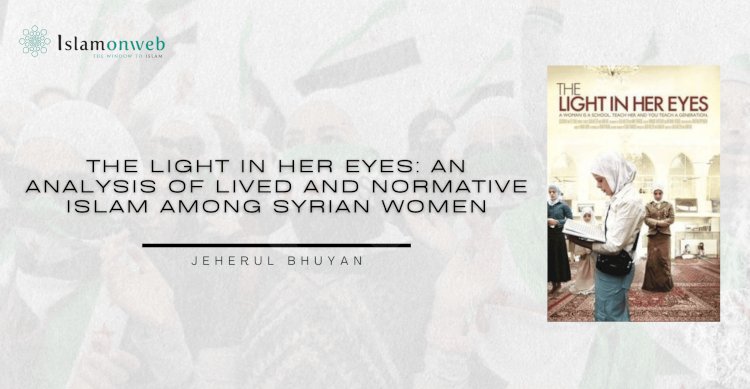



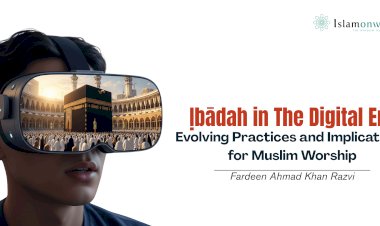
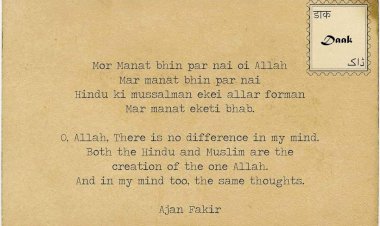

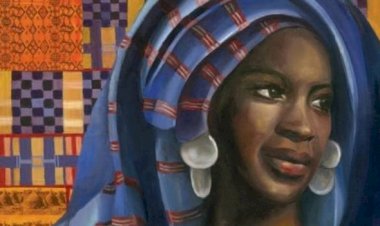














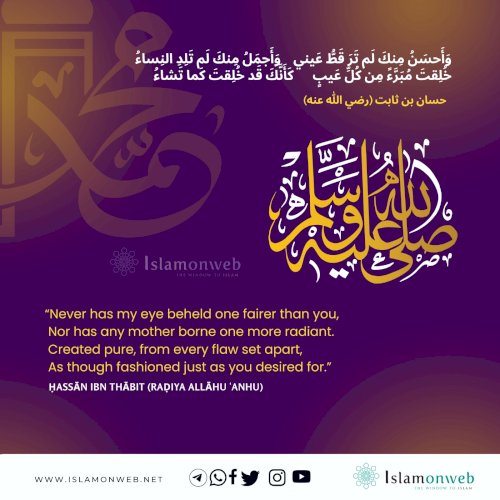
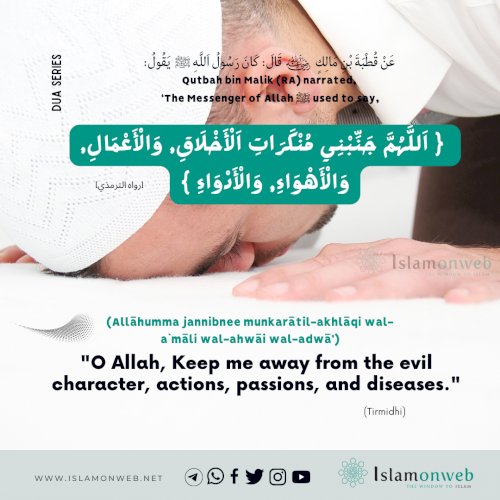
Leave A Comment